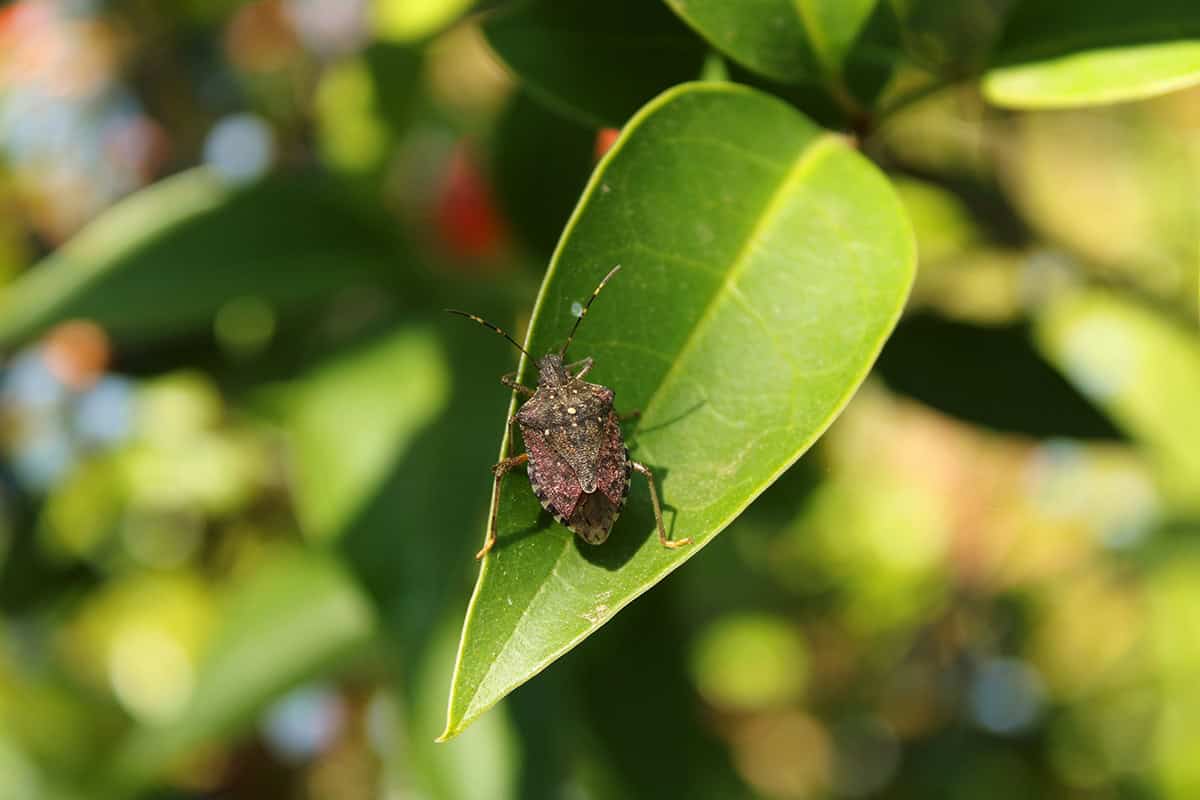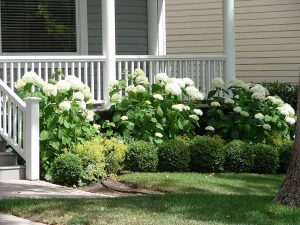You’re relaxing in your living room when you notice a small, shield-shaped bug crawling up the wall. It’s a stink bug, and you know if you squish it, the smell will be unbearable. This is a common frustration during stink bug season. In this article, we’ll help you get rid of these unwanted stink bugs.
Table of Contents
Understanding Stink Bugs
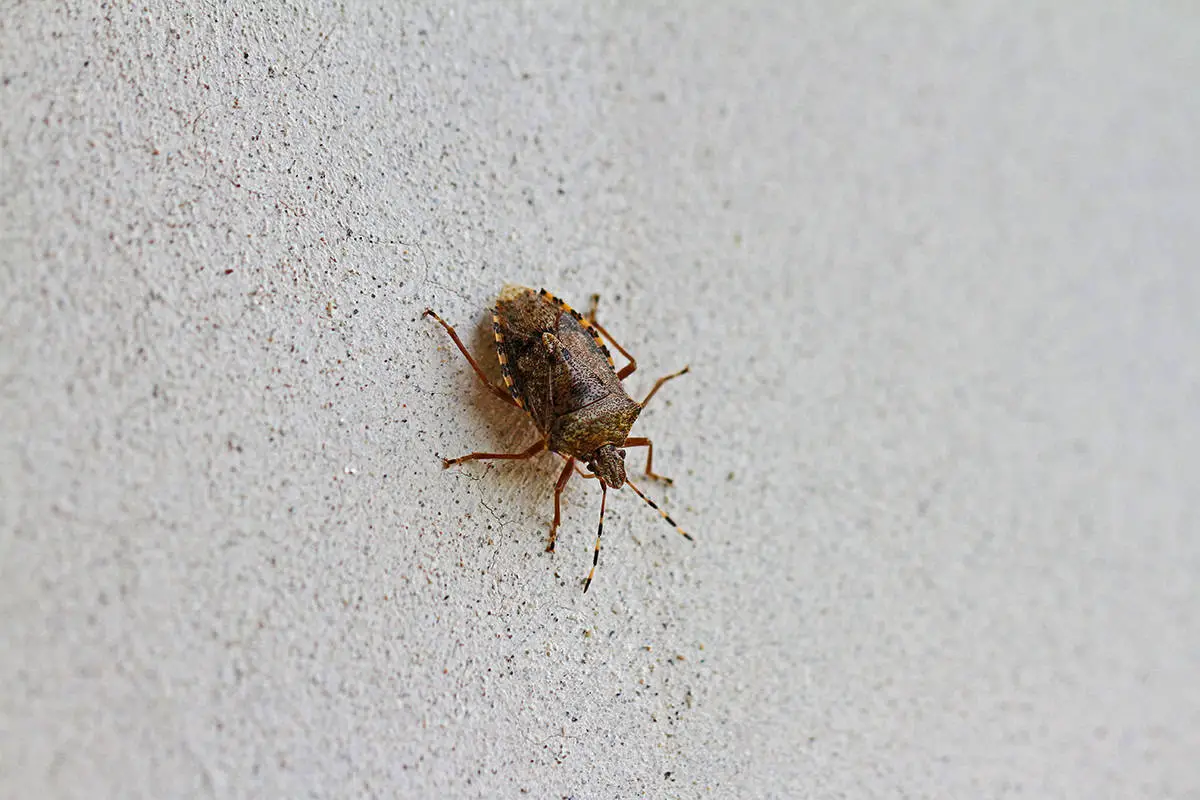
Biology of Stink Bugs
Stink bugs, belonging to the order Hemiptera, are known for their unpleasant odor released as a defense mechanism. These insects can be found in various colors and sizes, but their distinctive shield-shaped body sets them apart. Stink bugs feed on plants and fruits, which can cause damage to crops and gardens.
These insects undergo incomplete metamorphosis, meaning their life cycle consists of three stages: eggs, nymphs, and adults. Female stink bugs lay eggs on the undersides of leaves, providing a favorable environment for the nymphs to emerge and feed. As they grow, nymphs shed their exoskeleton, a process called molting, until they reach adulthood. Adult stink bugs can live for several months, with some species residing up to a year.
Reasons for Infestation
Stink bugs usually infest homes and buildings when seeking shelter from harsh weather conditions. During the winter, they search for warm places to hibernate and protect themselves from the cold. They are attracted to bright lights, so they may enter homes through gaps around windows and door frames.
Moreover, if your home is surrounded by vegetation that serves as a food source for stink bugs, it increases the chances of infestation. Preventing stink bug infestations can be challenging, but there are several methods to eliminate them. Start by sealing entry points, turning off outdoor lights, and reducing the availability of their preferred food sources.
Prevention Strategies
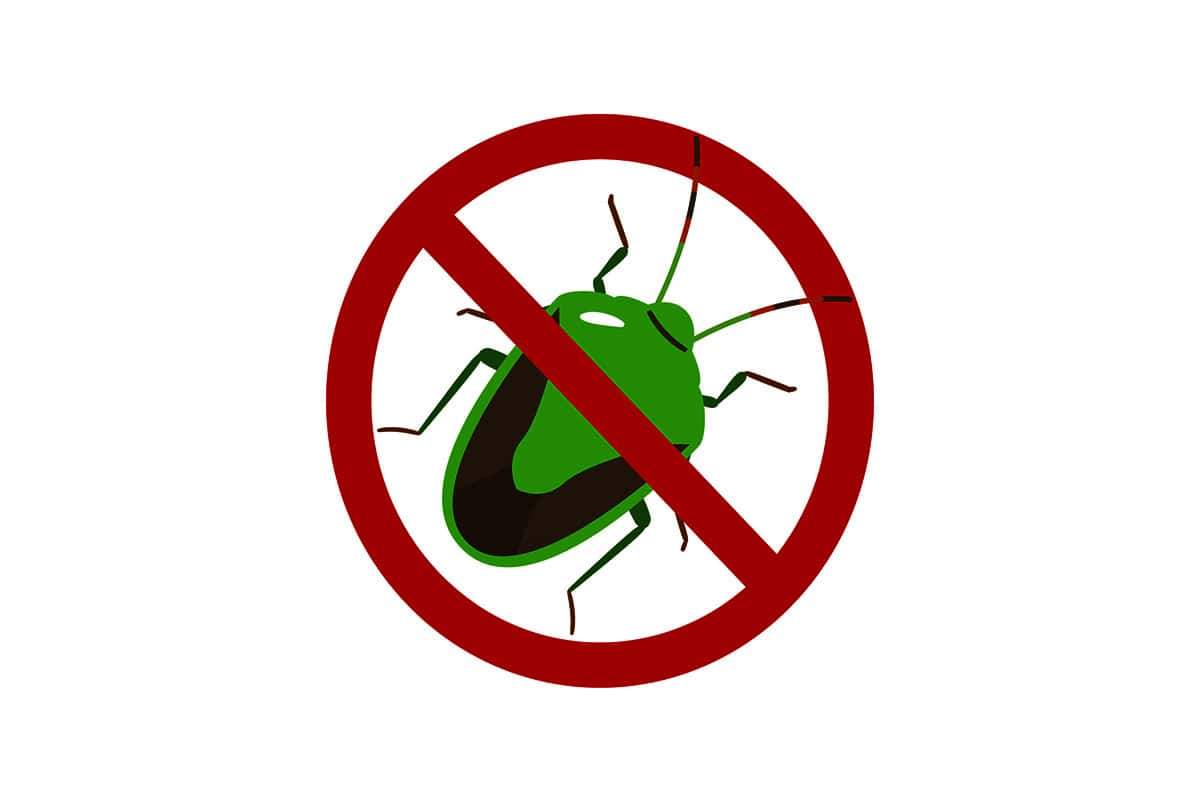
Sealing Entry Points
First, prevent stink bugs from entering your home by sealing entry points. Inspect your home for cracks and gaps, paying attention to windows, doors, and utility lines. Use caulk or other sealants to close these openings. Install screens on your windows and consider using weather-stripping for a tight seal around doors.
Natural Repellents
You can use natural repellents to deter stink bugs. Mint and garlic are two effective solutions. Either plant these around your garden or create a spray using water and essential oils. Spraying this mixture near your home’s entry points will help discourage stink bugs from coming in. Another option is using a soapy water solution as a barrier to keep stink bugs at bay.
Garden Maintenance
Proper garden maintenance can also minimize stink bug infestations. Focus on keeping your yard clean and tidy. Remove debris, fallen leaves, and weeds as these can become hiding spots for stink bugs. When dealing with stink bugs in an orchard, consider applying bifenthrin as a chemical control method. This insecticide provides a long-lasting residual effect that can help in managing stink bug populations. However, always follow the instructions carefully and follow local regulations when using any pesticide.
Natural Remedies
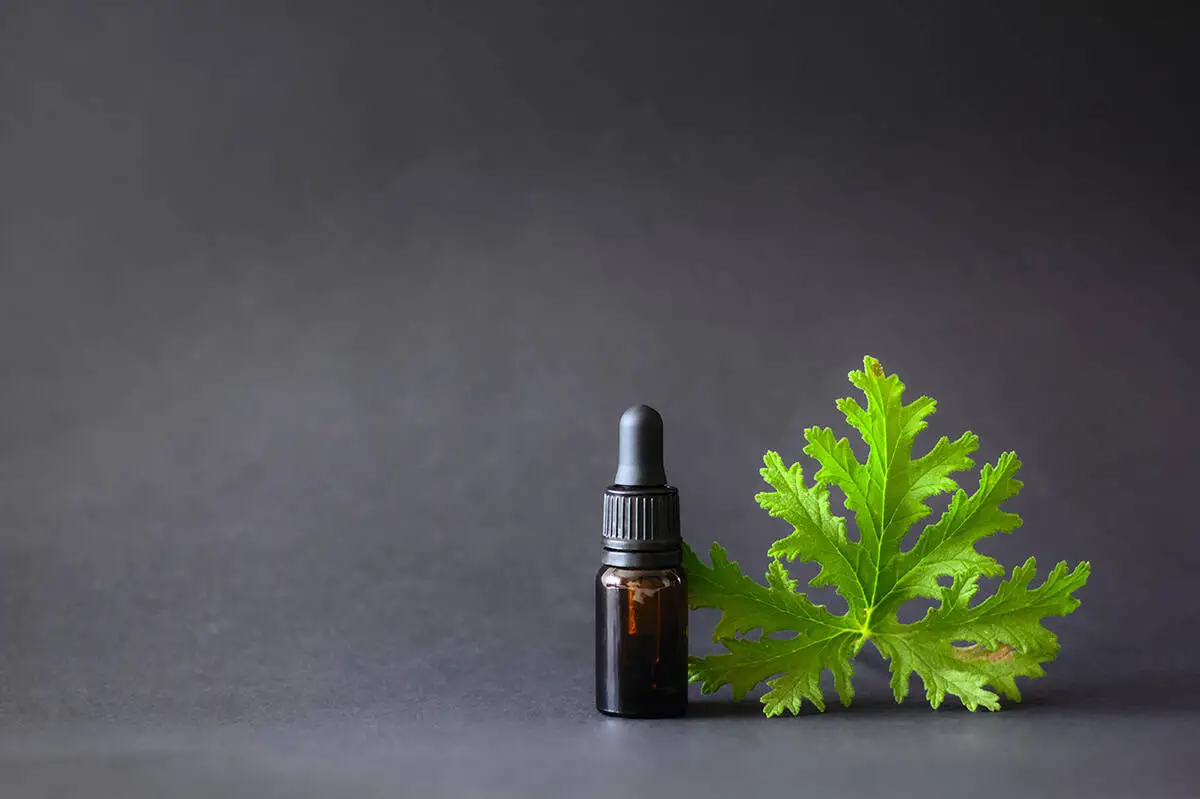
Diatomaceous Earth
Diatomaceous Earth is a popular choice to combat stink bugs. Simply sprinkle diatomaceous earth around your home, paying special attention to common hiding places. The fine powder damages the exoskeleton of stink bugs, causing them to dehydrate and die.
Essential Oils
Essential oils can be an effective way to repel stink bugs. Mix a few drops of peppermint oil with water in a spray bottle and apply it to areas where these pests are commonly found. Not only will the scent deter stink bugs, but it will also leave your home smelling fresh.
Soapy Water Solution
A simple, yet effective remedy is the soapy water solution. Fill a container with water and add a teaspoon of liquid detergent or soap. Sweep the bugs into the container, trapping them in the soapy water. The solution will suffocate the stink bugs, making it easy to dispose of them.
Bay Leaves
Bay leaves are another natural deterrent for stink bugs. Scatter these leaves around potential hiding spots or entrances to your home. Stink bugs dislike the strong aroma of bay leaves and will likely avoid the area. Replace the leaves periodically to ensure their effectiveness.
Chemical Solutions

Insecticides
One effective way to eliminate stink bugs is by using insecticides. Bifenthrin, for example, offers a long-lasting residual effect that can last for 10-14 days. You may need to apply it 2-3 times, as stink bugs are highly mobile and can move from one location to another. This helps ensure a thorough treatment of the infested areas.
Pesticide Safety Tips
When using chemical solutions, follow proper safety guidelines. Always read and follow the label instructions for the specific insecticide you’re using. Avoid applying insecticides near children, pets, or food sources. It’s also important to dispose of the chemicals properly to avoid harming the environment or your household.
While treating your home, wear protective gear, such as gloves and goggles, and ensure proper ventilation. Store the insecticides in a secure place, away from heat sources and out of reach of children and pets. By following these safety precautions, you can effectively rid your home of stink bugs without putting yourself or others at risk.
Professional Pest Control
When dealing with stink bugs, it’s important to know when professional pest control might be necessary. If you have a large infestation or the problem persists despite all your efforts, it’s time to consider hiring experts.
Professional pest control companies have access to more potent insecticides and advanced tools to effectively eliminate stink bugs. These experts are knowledgeable about stink bug behavior and are trained to implement integrated pest management (IPM). IPM combines chemical and non-chemical methods to provide long-lasting relief from infestations.
When evaluating pest control services, research and select one that is licensed and reputable. Ask for recommendations from friends, neighbors, or online review websites. Once you choose a company, discuss your stink bug problem with them and inquire about their proposed treatment methods. A Penn State Extension article recommends asking questions about potential pesticide applications, monitoring techniques, and expected results.
Cleaning After Extermination
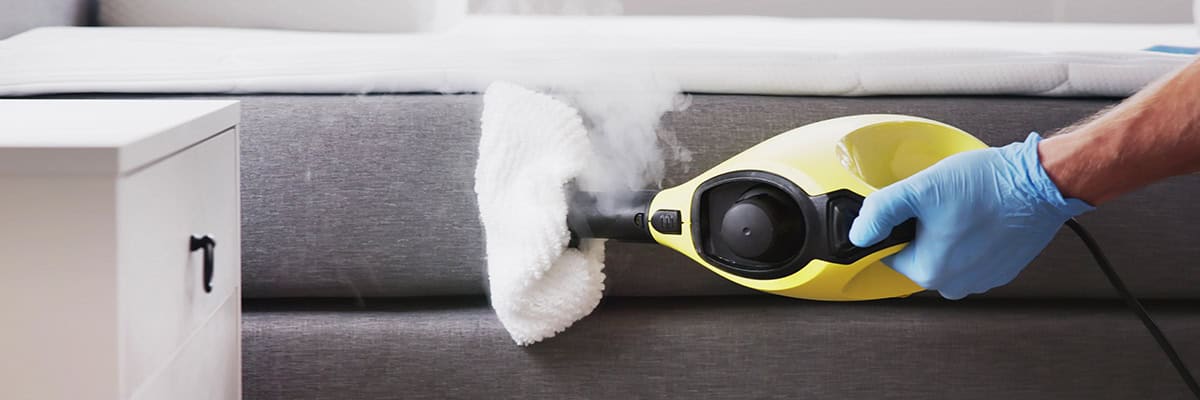
After getting rid of stink bugs, it’s essential to clean the affected areas properly. Here’s a short guide to help you with the cleaning process.
First, dispose of the dead bugs by vacuuming them up. You can use a utility vacuum or a household vacuum with a bag. Ensure to empty the vacuum bag right away to prevent any lingering odors.
Next, sanitize the surfaces where the bugs were found. A mixture of mild soap and water is suitable for cleaning smooth surfaces like windows, walls, or countertops. Use a soft cloth or sponge to gently scrub the surfaces and remove any residues left behind by the stink bugs.
For pesticide treatment areas, you’ll want to take extra precautions. If you’ve used insecticides, avoid touching treated surfaces with bare hands and always follow the safety guidelines provided on the product label.
To prevent bug re-infestation, seal any gaps or cracks around windows, doors, and walls. Installing mesh screens on windows and vents can also help keep stink bugs from entering your home. Regularly check for signs of stink bug activity, such as dead bugs, droppings, or egg masses, and act promptly if you notice any.
Long-Term Management
Keeping stink bugs at bay requires a combination of preventive measures and effective treatments. Begin by sealing entry points in your home, such as gaps around windows, doors, and foundation cracks. This prevents them from finding ideal hiding spots during colder months.
Chemical treatments can be efficient; however, you must use the right products. Bifenthrin is a good option against stink bugs. This pesticide has a long residual effect, but it typically requires two to three applications for optimal results. Remember to follow the manufacturer’s guidelines when using pesticides.
Home remedies, such as the vacuum method, can be impactful without causing further harm to your living space. Additionally, a DIY trap made from a soda bottle serves as an eco-friendly alternative that effectively captures and eliminates stink bugs.
